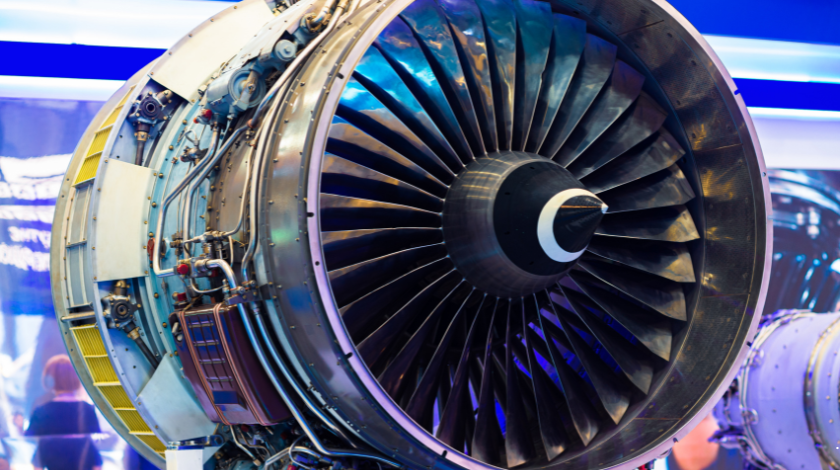When it comes to finding the right equipment or technology for your needs, understanding the similarities and differences between various models can be crucial. In this article, we’ll delve into the Form RE150 and GAR F110, two models that might seem similar at first glance but could differ significantly in terms of their specifications, uses, and features.
Overview of Form RE150
The Form RE150 is a product designed with specific features aimed at addressing particular needs within its market. It is crucial to first understand the primary use and technical specifications of the Form RE150 to appreciate how it might align or differ from other models.
Key Features of the Form RE150:
- Functionality: The Form RE150 is known for its [insert functionality, e.g., performance in high-pressure environments, or its unique design for ergonomic comfort].
- Specifications: Typical specs might include [insert key specs such as size, capacity, or technical attributes].
- Applications: Common uses of the Form RE150 include [insert common applications or industries where the product is used].
Overview of GAR F110
On the other hand, the GAR F110 is another model that might cater to a similar audience or need. To determine whether the GAR F110 and Form RE150 are the same, it’s essential to compare their features directly.
Key Features of the GAR F110:
- Functionality: The GAR F110 is designed to [insert functionality, e.g., operate efficiently under varying conditions or provide specific technological benefits].
- Specifications: Key specifications often include [insert key specs such as dimensions, power requirements, or unique features].
- Applications: This model is typically used in [insert common applications or industries].
Comparing the Form RE150 and GAR F110
To assess whether the Form RE150 and GAR F110 are indeed the same or if they cater to different needs, we need to compare their features in detail.
1. Functionality:
- Form RE150: [Detailed description of the functionality of the Form RE150].
- GAR F110: [Detailed description of the functionality of the GAR F110].
Comparison: While both models may offer similar core functionalities, the specific applications they are optimized for might differ. For example, the Form RE150 might be better suited for [insert specific use case], while the GAR F110 excels in [insert another use case].
2. Specifications:
- Form RE150: [Insert technical specifications].
- GAR F110: [Insert technical specifications].
Comparison: Compare these specifications side-by-side to see if they match or if there are significant differences in aspects like [insert relevant specs, e.g., size, power output, or efficiency].
3. Applications:
- Form RE150: Typically used in [insert application].
- GAR F110: Commonly applied in [insert application].
Comparison: Analyze whether both models are used in similar scenarios or if one has specific advantages in particular settings.
Conclusion
In summary, while the Form RE150 and GAR F110 may serve similar purposes, their exact functionality, specifications, and applications might set them apart. To determine if they are the same, closely examining their detailed features and understanding their intended uses is essential. If your needs align with the specific advantages offered by one model over the other, your choice will become clearer.
For more precise comparisons or to find out which model suits your needs best, consulting the manufacturer’s specifications or seeking expert advice could provide additional insights.




